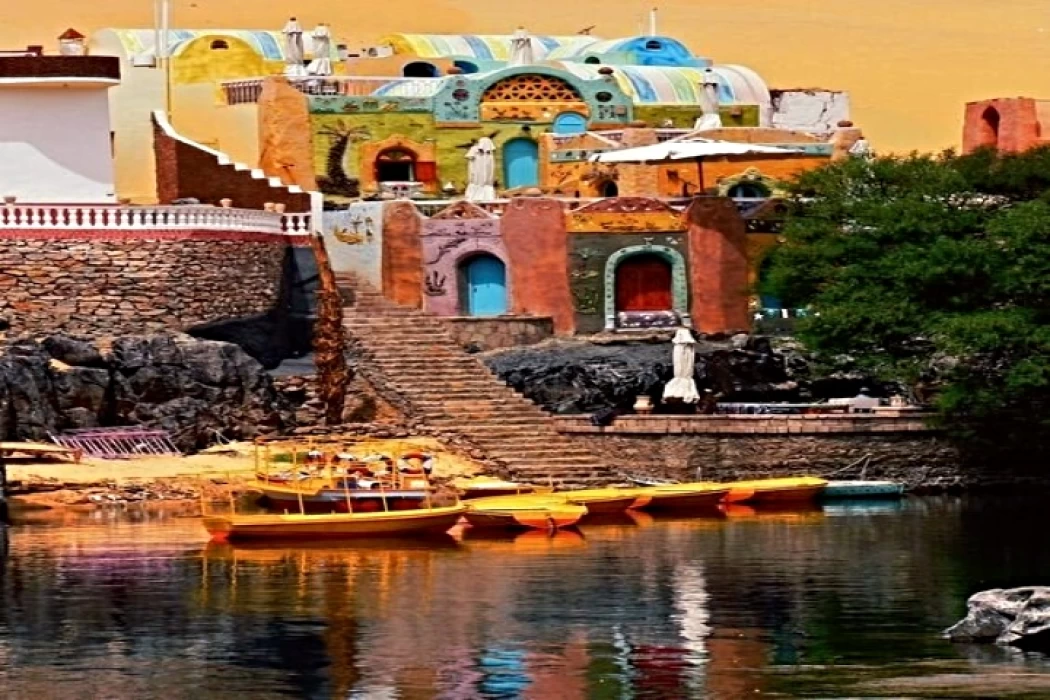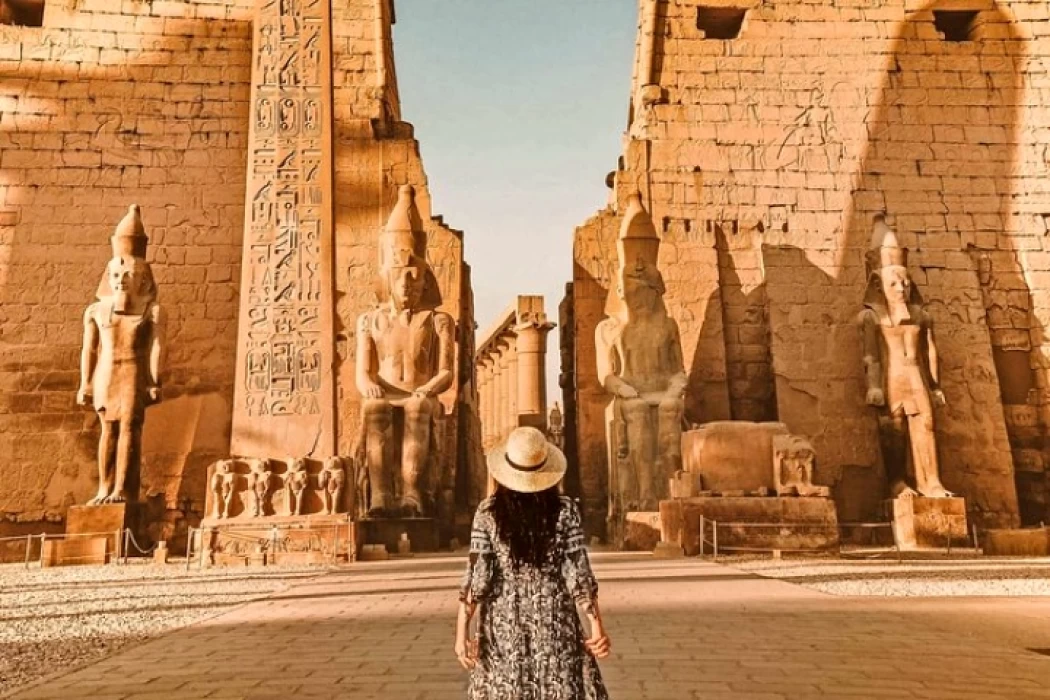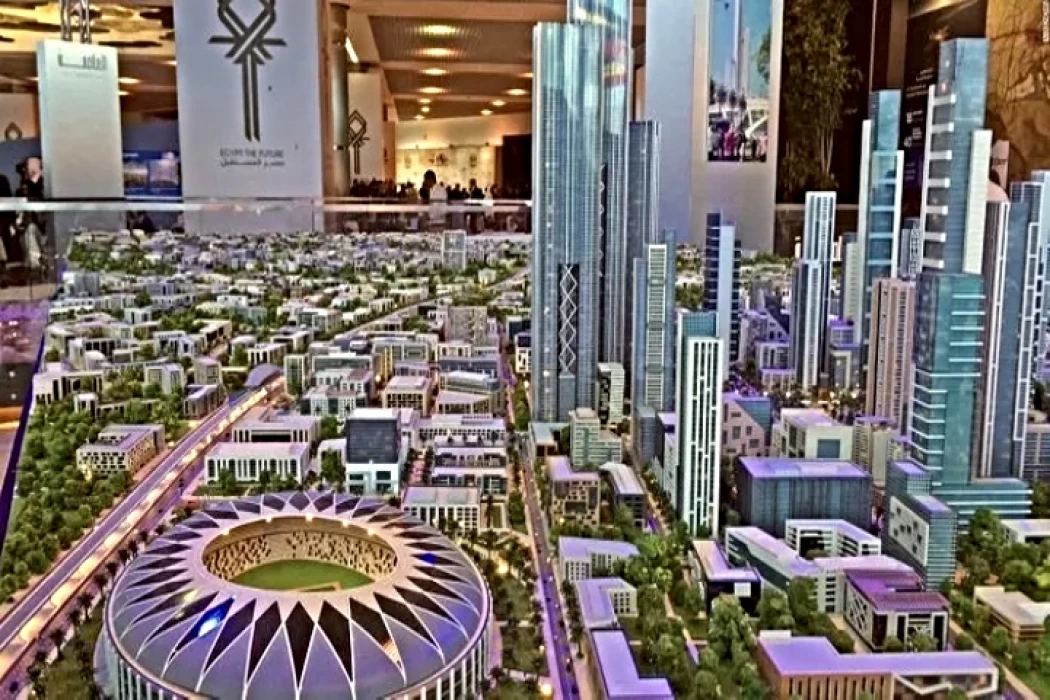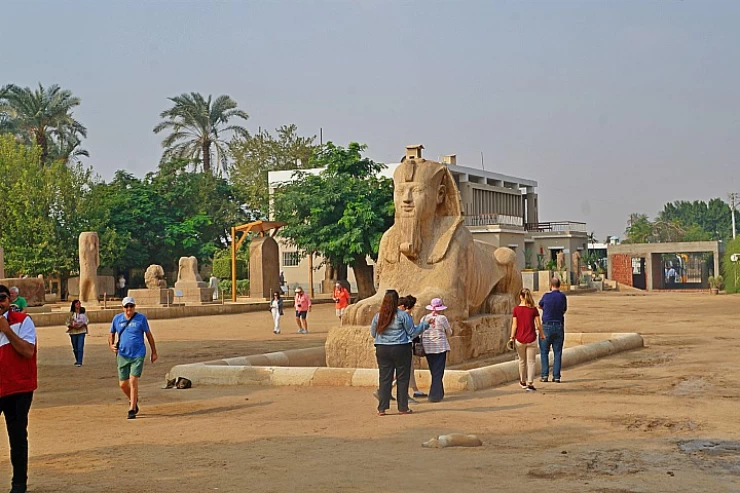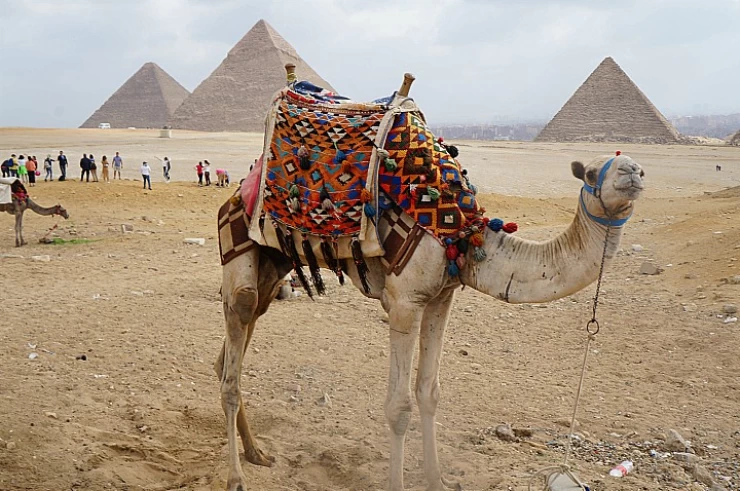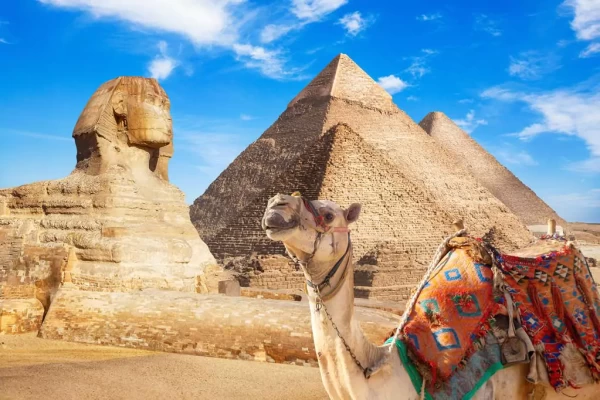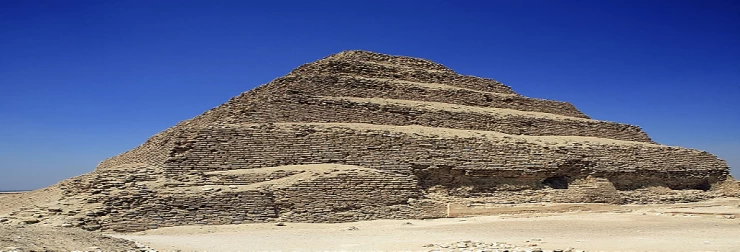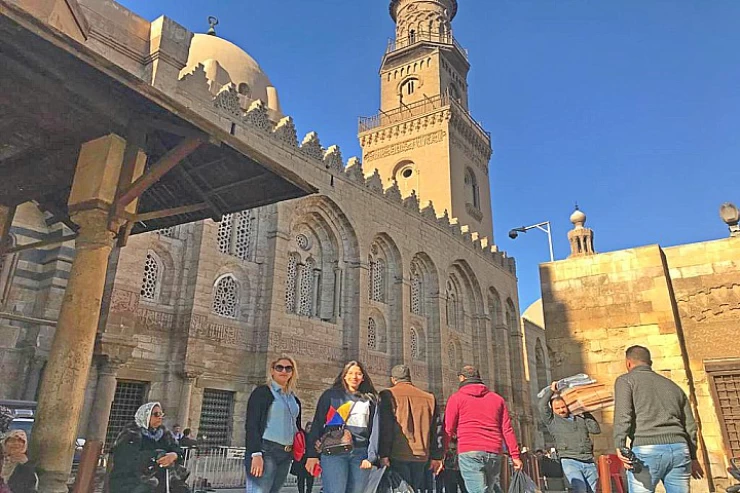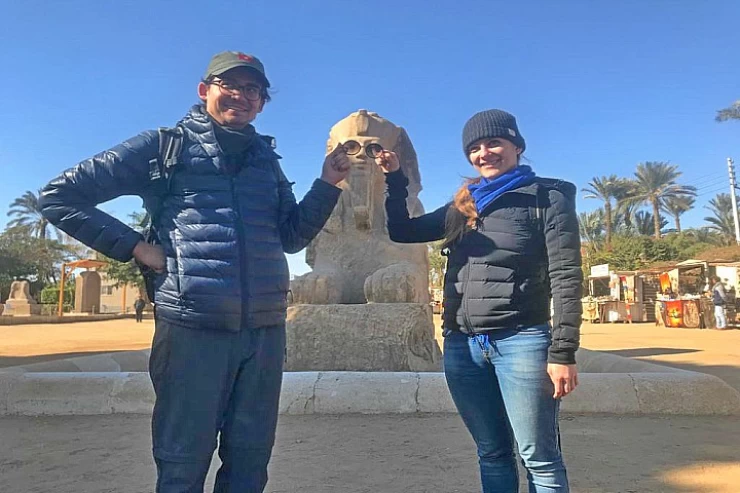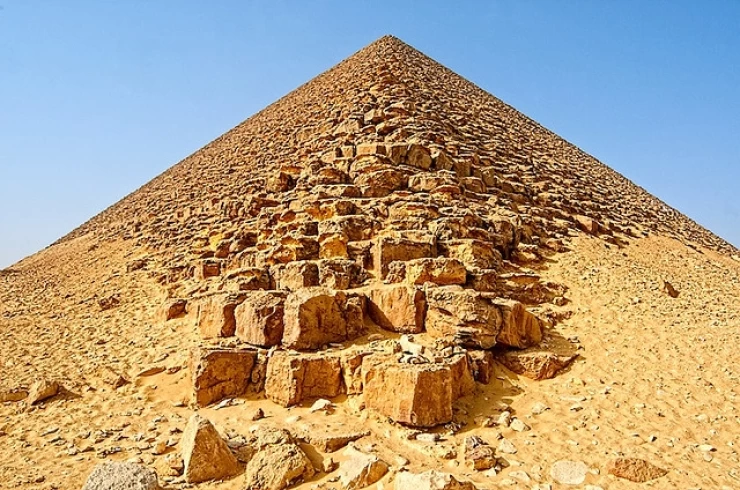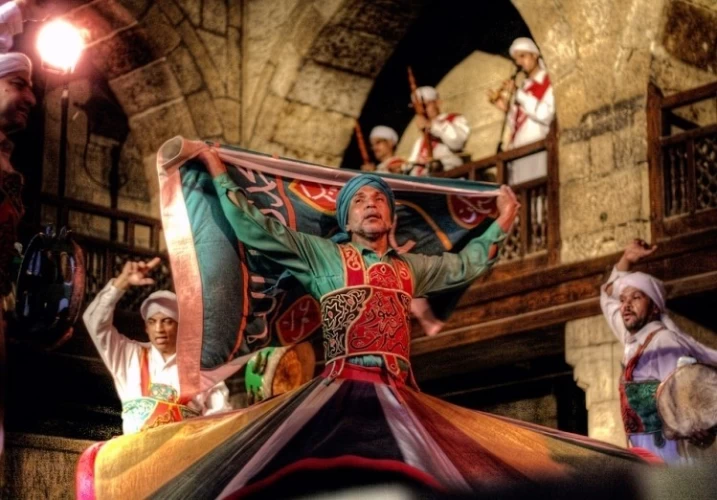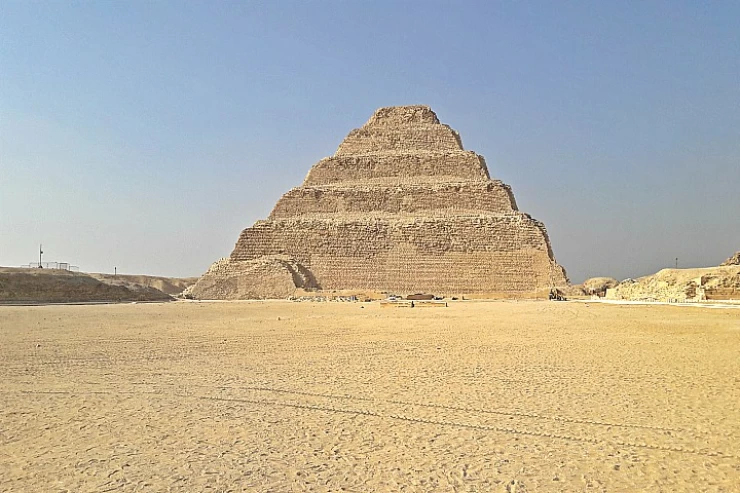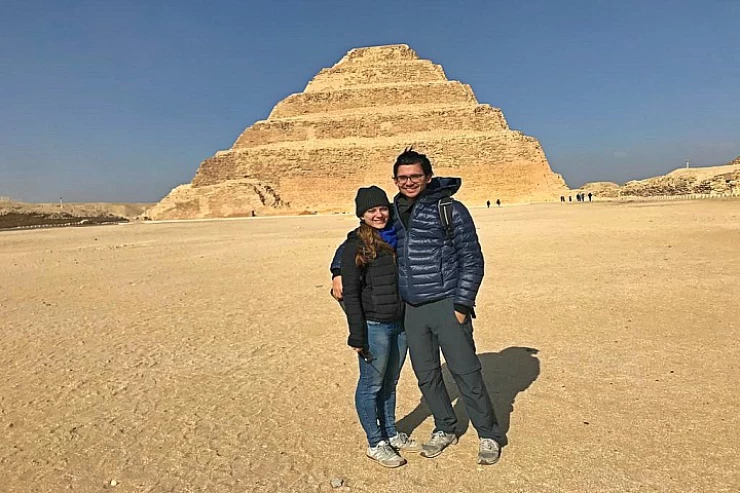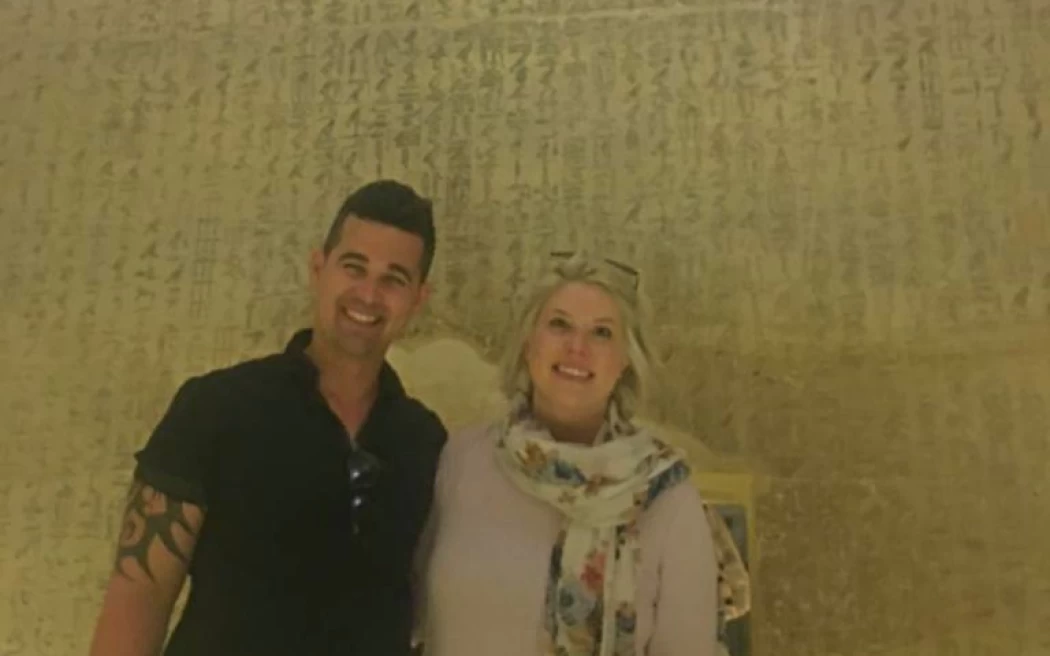
Pyramid of Teti at Saqqara
Facts About Pyramid of Teti at Saqqara
He added that King Teti was the founder of the Sixth Dynasty and was a supporter of the movement of Onas, the last king of the Fifth Dynasty the last king of the Fifth Dynasty against the priests of the sun god and their great control over the country. He was also closely related to the movement that took place in Minaf to elevate its idol “Ptah” in order to balance it with “Ra” the idol of “Heliopolis”
The doctrine of “Osiris” began to spread greatly among the people, and amid these different currents, “Teti” sat on the throne of the country, and tried to conduct the affairs of government amid these storms, and it seems that he did not succeed, and the Egyptian historian “Maniton” confirms that he died murdered by his guards, and was buried in his pyramid that he built in Saqqara.
The pyramid of King Teti is located northeast of the Step Pyramid, and the pyramid appears to be a pile of stones and sand, and there is no doubt that it has been tampered with and destroyed, as the cladding that represented smooth stones on the outer faces has been removed.
The entrance to the pyramid is located on the northern side and leads to the burial chamber, and some of the walls inscribed with pyramid texts have been destroyed. To enter the burial chamber, we descend from the ramp that is located on the floor of the mountain in the northern facade of the pyramid, which is currently equipped with a wooden staircase that leads to a lobby.
And then we pass through a horizontal corridor, and this corridor ends with three rooms, then we reach the coffin room, whose ceiling is a pointed, star-carved gemstone representing the sky to which the king ascended, and the room is covered with pyramid texts. The mission also found the layout of the temple, as well as three mud-brick warehouses in the southeast corner of the temple to store offerings and tools that were used in the revival of the queen's faith.
Latest Articles
Admin
Aswan Governerate in Egypt
One of Egypt's southern governorates is Aswan Governorate. The city of Aswan serves as its capital. At a latitude of 22 north of the equator (also known as the Tropic of Cancer), it is bounded to the north by the Qena Governorate, to the east by the Red Sea Governorate, to the west by the New Valley Governorate, and to the south by the Republic of Sudan.
Admin
Luxor Governorate Egypt
The capital of the Arab Republic of Egypt is Luxor City, which was once known as "Thebes City" because it served as Egypt's capital during the Pharaonic era. It is situated in the South Upper Egypt region, approximately 670 kilometers from the capital Cairo from the south. It is bordered on the north by Qena Governorate, on the south by Aswan Governorate, on the east by Red Sea Governorate, and on the west by New Valley Governorate.
Admin
History of kafr El Sheikh Governorate
Kafr El Sheikh Governorate is an Egyptian governorate, located in the northernmost part of Egypt in the Nile Delta, with Kafr El Sheikh as its capital. It had a population of 3,172,753 in 2015 and an area of 3,748 km². Its entire area is located north of the delta and overlooks the Mediterranean Sea. The main economic activity of the residents of the governorate is agriculture and fishing, especially the southern lands of the governorate and the lands overlooking the Nile River - Rosetta Branch.
Admin
Egypt's New Administrative Capital
The New Administrative Capital is located between the Cairo-Suez and Cairo-Ain Sokhna roads, 60 km from Cairo and the same distance from Ain Sokhna and Suez. The New Administrative Capital is located on the border of Badr City, in the area between the Cairo-Suez and Cairo-Ain Sokhna roads, just after New Cairo, Mostakbal City and Madinaty.
Admin
Al Gharbia Governorate
Gharbia Governorate is one of the governorates full of archaeological sites, whether they are places or facilities (mosques, churches), as the governorate is a destination for visitors to these places throughout the year, whether they are Egyptians from the different governorates.
Admin
Hamata Islands (Qulaan Archipelago) in Marsa Alam
The Hamata area, south of Marsa Alam in the Red Sea, is one of the most important parts of the Wadi El Gemal Reserve, whether in the desert or the sea. It was named after the sorrel plant, which was distorted to Hamata.
